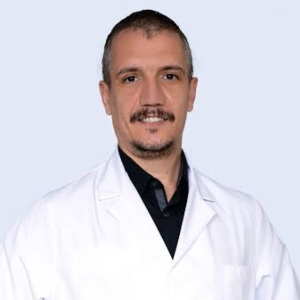Abstract:
Abstract: Background: Congenital anomalies occur due to various reasons during the development of the chest wall. may come. These deformities can occur in various ways such as protrusion of the sternum and ribs, indentation, cleft in the sternum, shape anomalies in the chest muscles, asymmetries, and anomalies in rib sizes. This large group of anomalies generally greatly influence the external appearance and disrupts the functioning of internal organs.
Method: 549 pediatric myelomeningocele patients participated in the study. The patients were examined in our institution between June 2016 and August 2016. Age, type of birth, accompanying anomalies, and times of previous neurosurgical intervention, orthopedic and pediatric surgical operations were analyzed. The patient's ambulation degree and functional lesion level were evaluated. Anthropometric measurements and skinfold measurements were made.
Results: 9.5% of the patients had Pectus Carinatum and 6.4% have Pectus Excavatum. Other chest wall anomalies (Rib anomaly, Narrow Chest, Shape Anomaly, Left Hemithorax Deformity) constituted 0.7% of all patients. Vertebral anomalies were detected in 29% of the patients. Scoliosis was observed in 15% of the patients, Kyphosis in 8%, Scoliosis and Kyphosis in 4%, and other anomalies in 1.5% (Spondyloptosis, Hemimetameric Shift, Butterfly Hemivertebra, Klippel-Feil Syndrome). Thoracic deformities associated with vertebral anomalies were determined in 12.7% of the patients.
Audience Take Away
- From this presentation, the audience will learn about the prevalence and types of congenital anomalies affecting the chest wall, particularly in pediatric myelomeningocele patients.
- They will gain insights into the methodology employed in examining these patients, including the analysis of demographic data, previous medical interventions, ambulation degree, and functional lesion level assessment.
- Additionally, the text provides information on the results of the study, including the percentages of different chest wall anomalies, vertebral anomalies, and associated thoracic deformities observed in the patient cohort.



